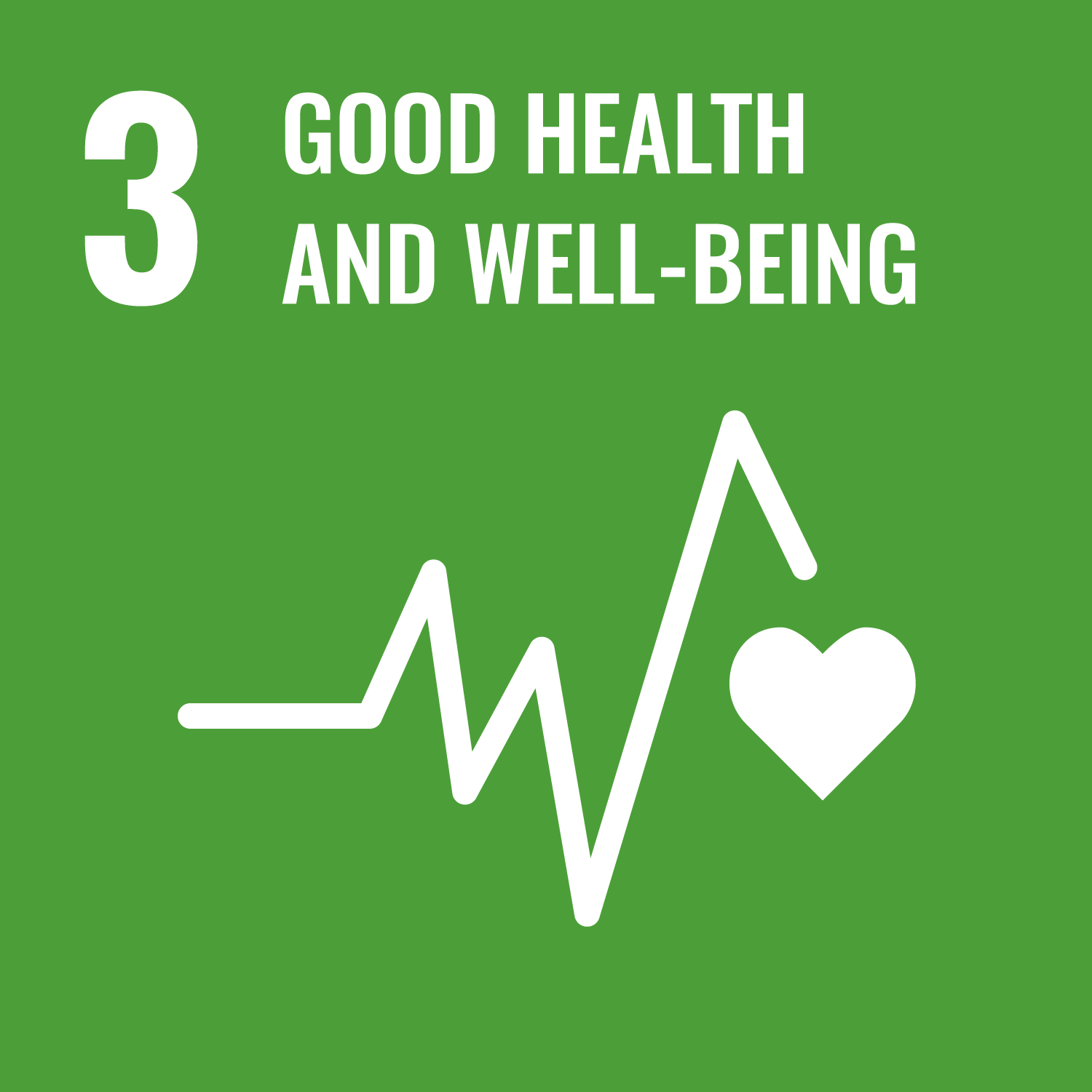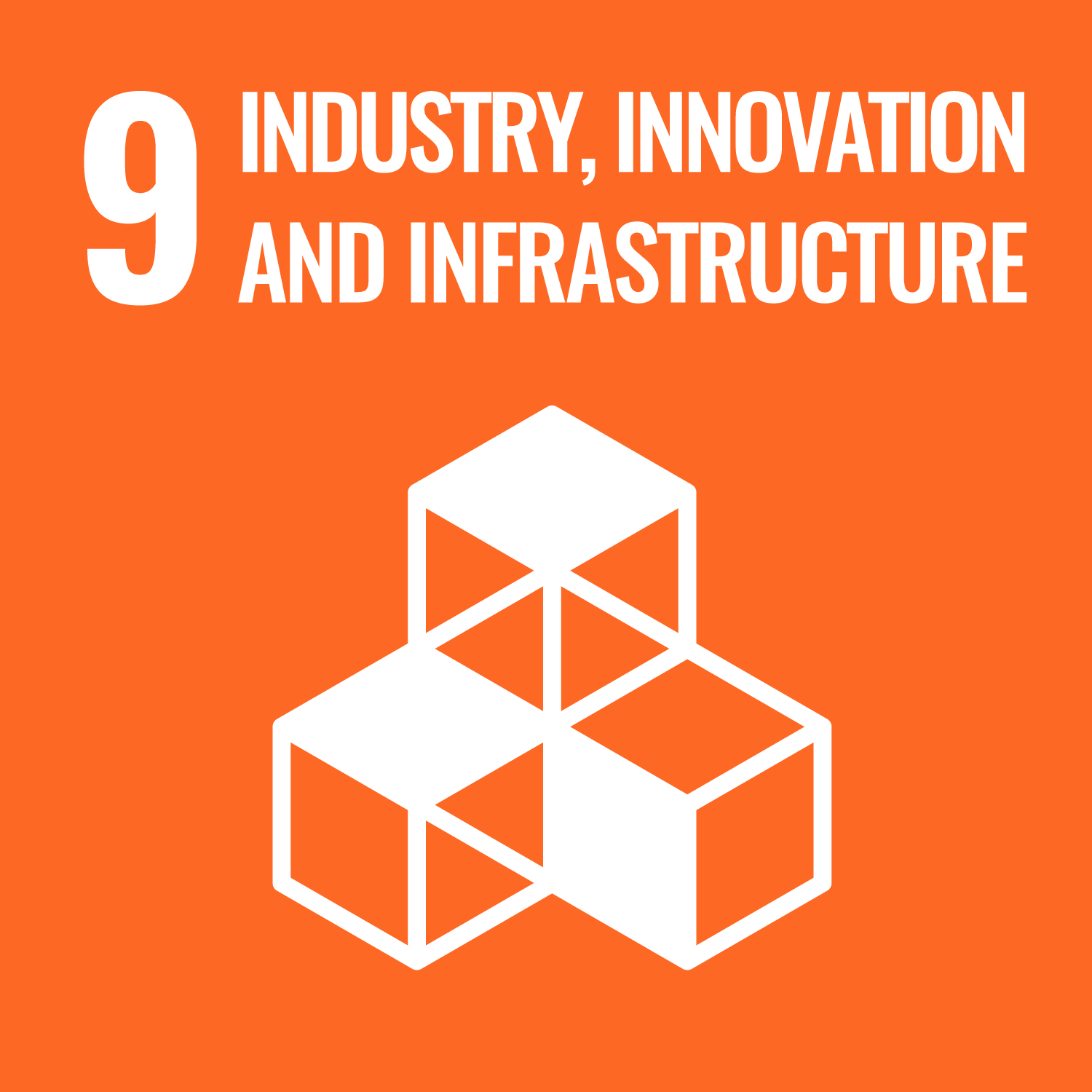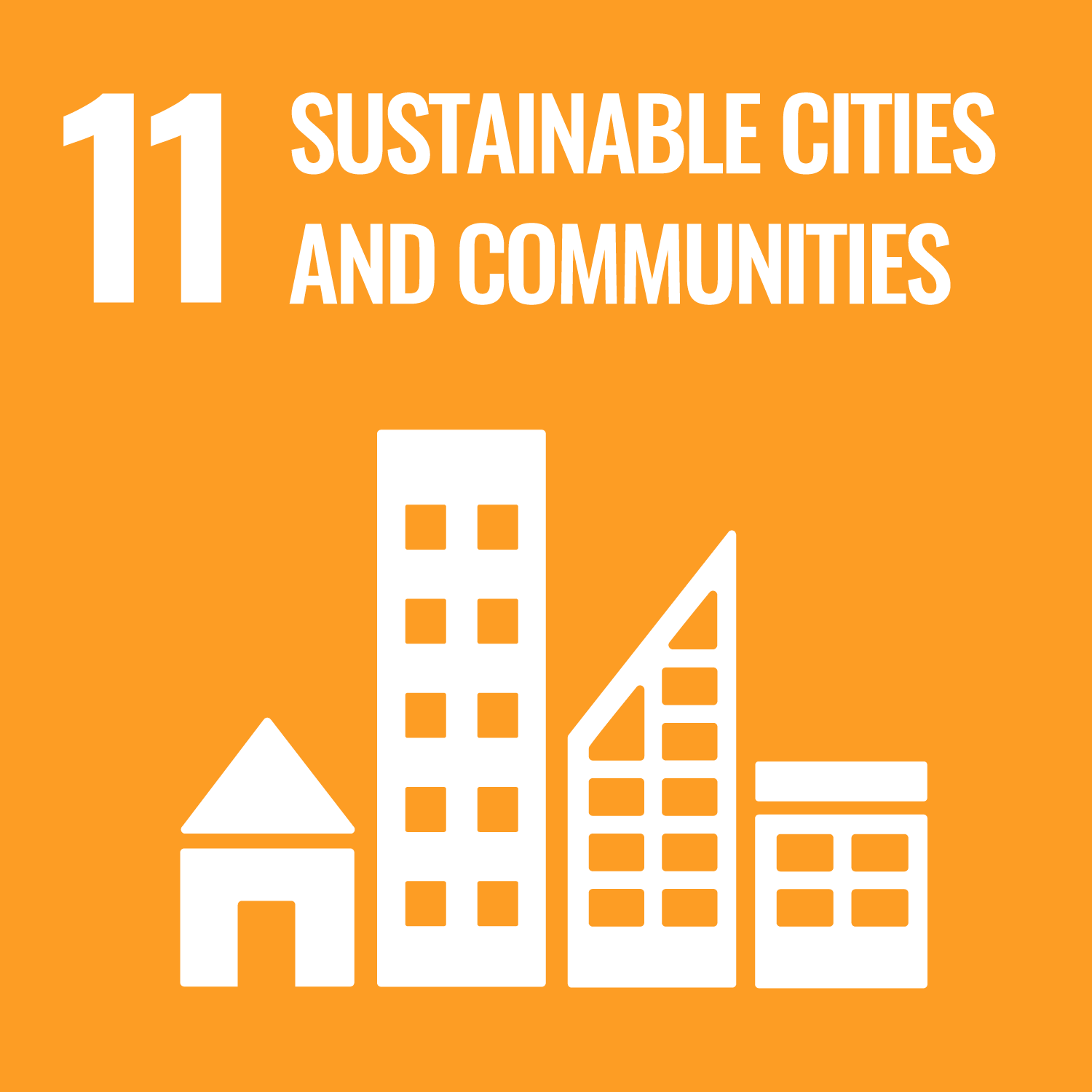


Sustainable building refers to both the structure and the application of processes that are environmentally responsible and resource-efficient throughout a building's life-cycle: planning, design, construction, operation, maintenance, renovation, and deconstruction.
Our commitment to built environment
The University is committed to Environmentally Sustainable Design (ESD) principles in the development of the University's built environment to ensure that development is both environmentally and economically sustainable. This is reflected in:
- The Sustainability Policy, which incorporates principles from former Sustainable Built Environment Designs Policy and dictates that the University will develop, maintain, and operate sustainable campuses, both built and natural environments, through applying outcomes driven sustainable design principles, assurance frameworks and operational tools.
- The Facilities, Infrastructure and Assets Policy, which states that the University’s infrastructure will be designed and developed with an emphasis on meeting the University’s sustainability objectives, including reducing the carbon footprint and mitigating climate change impacts
- Green Bond Framework. Green bonds are issued to finance eligible assets that deliver positive environmental outcomes which are part of our broader approach to environmental, social and governance outcomes and our commitment to sustainability. Our Green Bond Framework commits the University to a minimum target reduction of 20% in the upfront carbon emissions embedded in construction of new campus buildings.
- The Transformation Projects will involve the construction of sustainable, world-class, modern teaching and research facilities.
- Support for Tasmanian start-ups. For example, in 2022 the University provided financial and in-kind support for X-Hemp by advancing working capital funding to underwrite Hemp production, and providing in-kind advisory support by the InVent team on capital raising and grant writing. X-Hemp is a local start-up, Tasmania’s only hemp processor and the only facility of this type in the world fully owned and operated by women. They produce 'hempcrete', a carbon-negative construction material, which will be used extensively in the University’s Forestry and Timberyards redevelopment, a project to create a state-of-the-art hub for learning and teaching in Hobart.
Our built environment initiatives
In 2005, the University adopted Governance Principle GLP9 on Environmental Sustainability which stated that 'environmental protection and sustainability are key priorities in the way the University operates'. The first Sustainable Environment Designs Policy was approved in 2008, followed by the development of a Design requirements – University of Tasmania document, first released in 2009. In 2020, following a review of the University policy approach, which applied lean principles, the University's built environment principles are incorporated in the Sustainability Policy.
Any activities impacting on the natural and built environment are identified and resolved at all stages of the design and construction processes. Environmentally sustainable design (ESD) features are identified during the development of options for University approval and all building works, including demolition and deconstruction.
Where the University engages consultants, they are required to follow ESD principles in building design and construction. Most consultants are already ESD aware and have processes in place to facilitate the inclusion of ESD principles.
The Contractors and Building Users Sustainability Guide (PDF 303KB) assist all University contractors, staff, students, and visitors to be more sustainable in their activities on University properties. The efficient and safe operations of a building depend on the actions of the occupants, and contractors, in managing works and operations to meet sustainability goals.
Our progress
In the past few years, several major projects have received a 5 Green Star certification or above:
- Medical Science Precinct 2 (PDF 12.6 MB) (5 Green Star certified in 2012). MSP2 became the first educational building in Tasmania to achieve a Green Star rating for environmental design
- IMAS Salamanca (PDF 6.3 MB) (5 Green Star certified in 2012)
- NRAS Inveresk Apartments (PDF 2.6 MB) (6 Green Star certified in 2018). There is only another 6 Green Star certified building in Tasmania, the Sustainability Learning Centre (certified in 2017)
Furthermore, the following projects are currently registered for Green Star certification:
- The Hedberg (registered)
- West Park Campus stage 2 (registered)
To see a complete list of projects, you can check the Green Building Council of Australia (GBCA) Project Register.
In 2022, the University had a building footprint of approx. 379,990 m2
Get involved
- Participate in the Sustainability Integration Program for Students (SIPS) with a sustainable built environment related project.
- Staff, students and community members can contribute to the sustainability of new buildings during the consultation phase. Consultation for most major projects is conducted by the University. Calls for consultation are widely advertised. More information about enquires and feedback can be found at Transformation Projects.
- Sustainable building includes the operation of the buildings and there are several ways you can contribute. Through the University's operational sustainability website you can find information on Energy, Water, Resources and waste management and more.
Get in touch
Do you have a query or feedback about 'built environment' at the University of Tasmania? We would love to hear from you.